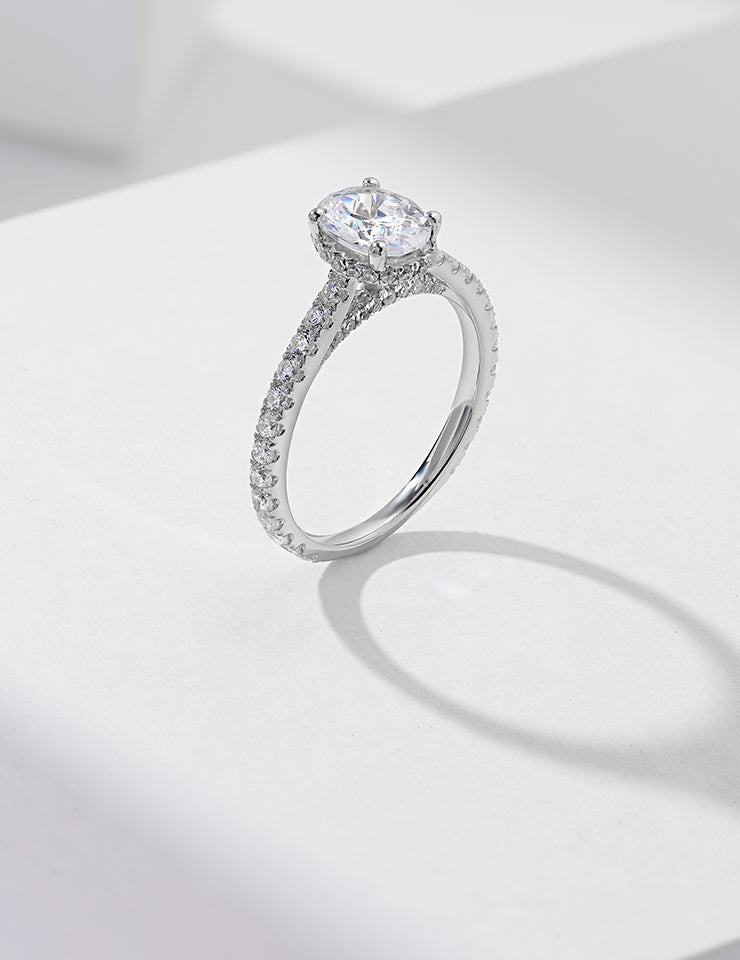In recent years, the jewelry industry has experienced a remarkable transformation, with lab diamonds emerging as a superior alternative to traditionally mined diamonds. As consumers become increasingly aware of ethical sourcing, environmental impacts, and the significant price differences, lab-grown diamonds are establishing themselves as the future of fine jewelry. In this article, we delve into the numerous advantages of lab diamonds and why they are revolutionizing the market.
The Science Behind Lab Diamonds
lab diamonds are the future created using two primary methods: High Pressure High Temperature (HPHT) and Chemical Vapor Deposition (CVD). Both methods replicate the natural conditions under which diamonds form deep within the Earth, resulting in gem-quality diamonds that are virtually indistinguishable from their mined counterparts.
High Pressure High Temperature (HPHT)
In the HPHT process, carbon is subjected to extreme pressure and temperature, mimicking the natural diamond formation environment. This method produces diamonds that can possess exceptional clarity and color, often exceeding those of natural diamonds.
Chemical Vapor Deposition (CVD)
The CVD process involves placing a diamond seed in a chamber filled with carbon-rich gas. The gas is ionized, and carbon atoms bond to the seed, gradually forming a diamond layer by layer. This technique allows for more control over the diamond’s characteristics, making it possible to produce colorless, flawless diamonds.
Ethical and Environmental Considerations
One of the most compelling arguments for choosing lab diamonds over mined diamonds is the ethical and environmental implications. Traditional diamond mining is often associated with human rights abuses, including child labor and unsafe working conditions. Furthermore, mining activities can lead to significant environmental degradation, including deforestation and loss of biodiversity.
Conflict-Free Assurance
Lab diamonds offer a clear conflict-free guarantee. Consumers can purchase these stones with the knowledge that their purchase supports ethical practices. By opting for lab-grown diamonds, we actively contribute to a more sustainable and humane jewelry industry.
Lower Environmental Impact
The carbon footprint of lab diamonds is significantly lower than that of mined diamonds. The energy used in the production of lab diamonds is often sourced from renewable energy, further reducing their environmental impact. As consumers increasingly prioritize sustainability, lab diamonds present a compelling choice for eco-conscious shoppers.
Cost-Effectiveness of Lab Diamonds
When it comes to pricing, lab diamonds are typically 30-40% less expensive than their mined counterparts. This price disparity is primarily due to the lower production costs and the lack of middlemen in the supply chain.
Investment in Quality
Investing in a lab diamond means that we can afford a larger or higher-quality stone within the same budget compared to mined diamonds. Consumers can choose from an array of sizes, cuts, and colors without breaking the bank, making lab diamonds an appealing option for engagement rings, wedding bands, and other fine jewelry.
Aesthetics and Variety
Lab diamonds are not only affordable but also offer an impressive variety of options. We can choose from an array of colors and cuts, allowing for personalized selections that cater to individual tastes.
Customization Opportunities
The ability to customize lab diamonds is unparalleled. Whether we prefer a classic round cut, a vintage princess cut, or an exotic pear shape, lab diamonds can be tailored to fit our unique style. Additionally, the advancements in diamond technology have led to a variety of fancy colors, including pink, blue, and yellow, all of which can be produced with a consistency that is difficult to achieve with mined diamonds.
The Future of Lab Diamonds in the Jewelry Market
As we look ahead, the future of lab diamonds appears increasingly bright. Industry experts predict a continued rise in consumer demand for lab-grown stones, driven by changing consumer attitudes and the desire for sustainable luxury.
Market Growth and Trends
The global market for lab-grown diamonds is projected to grow exponentially, with estimates indicating a potential $15 billion market by 2030. This growth can be attributed to a combination of factors, including increased awareness, technological advancements, and the continuous development of innovative designs that cater to modern aesthetics.
Influence of Social Media and Celebrity Endorsements
Social media platforms and celebrity endorsements are playing a pivotal role in shaping consumer perceptions of lab diamonds. Influencers and public figures are openly endorsing lab-grown options, further normalizing their acceptance within mainstream culture. As more people share their positive experiences with man made diamonds, we can expect a shift in buying habits, paving the way for a new era in luxury jewelry.
Conclusion
In conclusion, lab diamonds represent the future of the jewelry industry. With their ethical production, reduced environmental impact, and cost-effectiveness, these stones offer a compelling alternative to traditional mined diamonds. As we continue to embrace sustainable practices and prioritize quality over quantity, lab diamonds will undoubtedly lead the way in transforming the landscape of fine jewelry.

